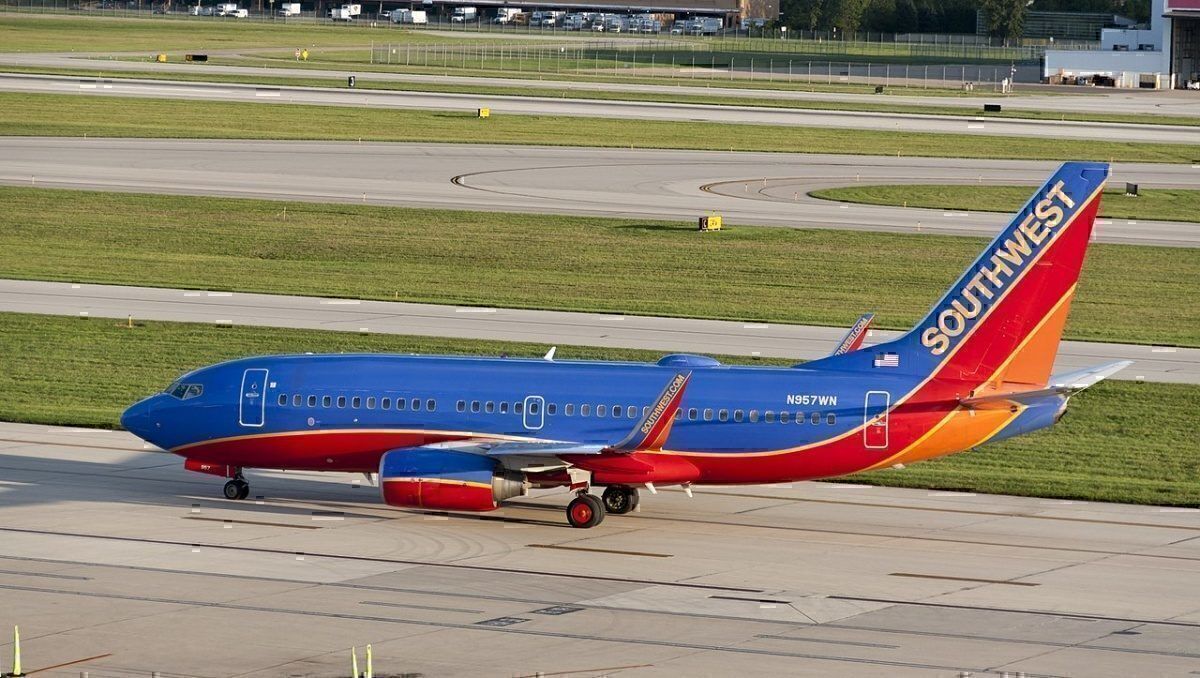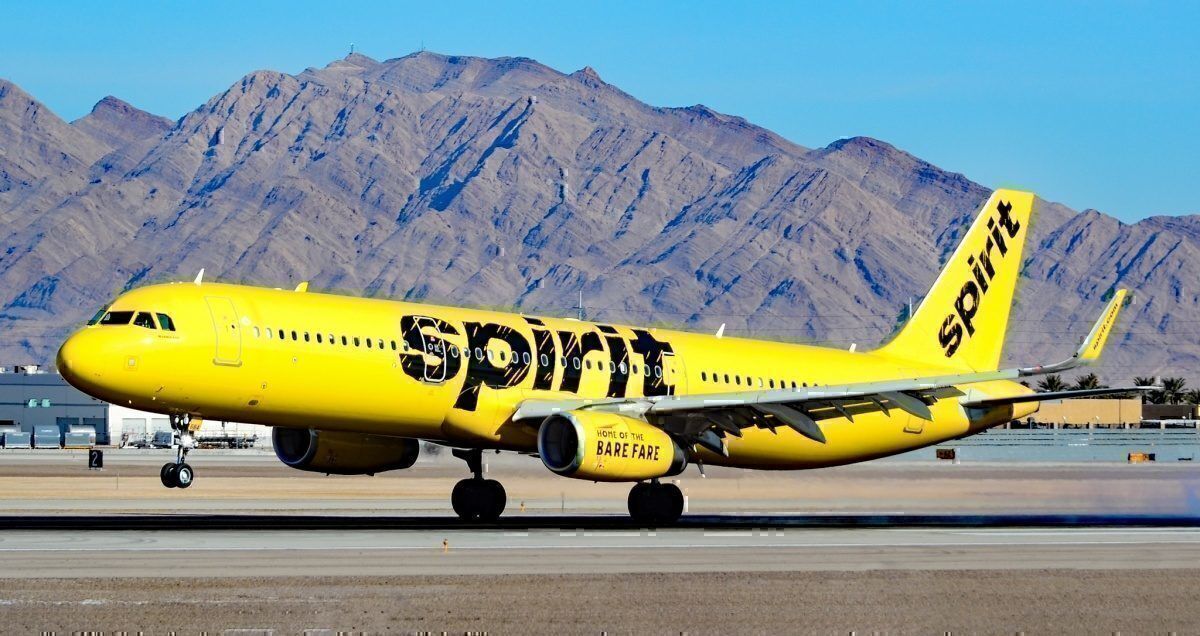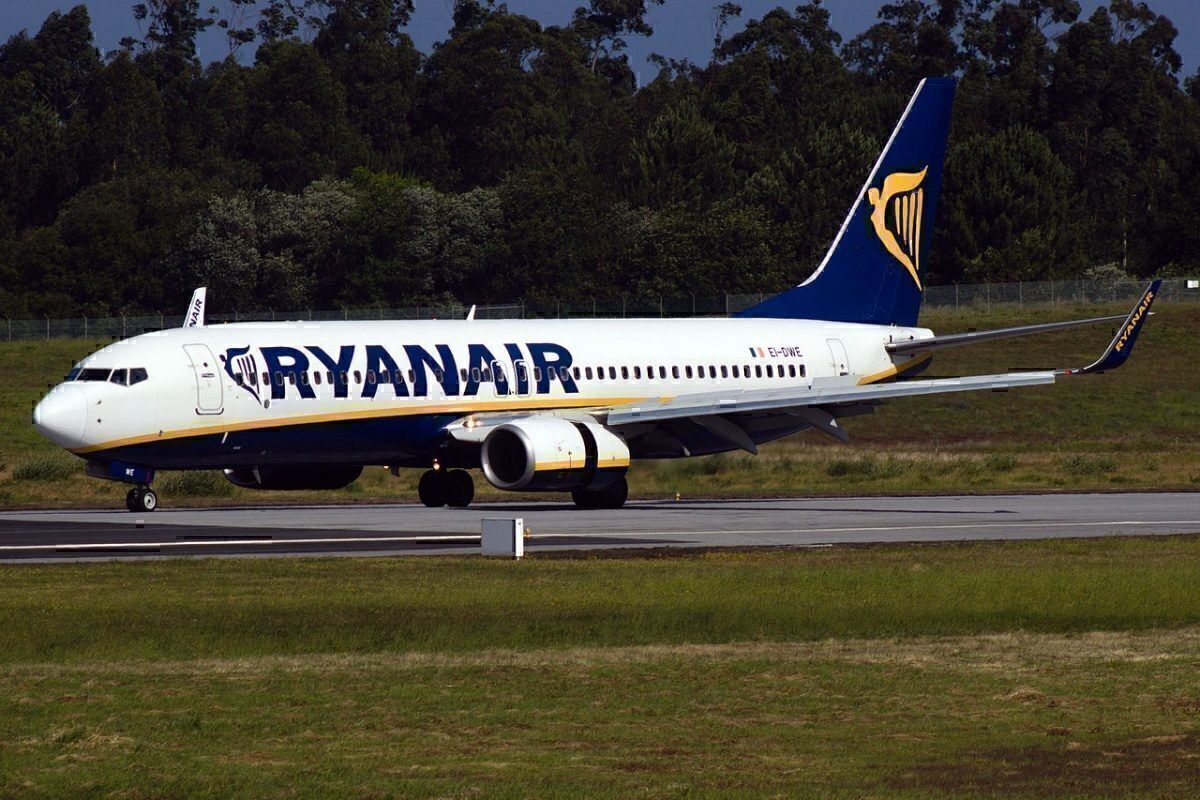Previously, travel by flight was reserved for only the wealthy. However, the emergence of low-cost carriers meant that the general public could join the party in the sky.
The 'Golden Age’ of aviation gave way to new innovations, taking air travel to another level. Inventions such as the jet engine made it easier to fly long distances at a fairer cost. This gave way to the image we see of classic passenger flying experiences. The scenes of smiling stewardesses serving gourmet dishes on spacious aircraft are associated with aviation in its most glamorous period.
However, the growth of low-cost operations revolutionized the aviation industry, creating new markets and services. For much of the post-war period, the most cost-effective method of travel across a country was by land transport. Even taking a boat across continents was still common for the general public at this time.
New players
These habits soon started to change once Southwest Airlines commenced operations in June 1971. The carrier's key mission was to offer reasonable fares to the general consumer. This created a concerning situation for established United States powerhouses, such as Pan American World Airways. These airlines were starting to lose customers to firms that charged cheaper prices for their tickets.
Subsequently, a few other low-cost carriers joined the fold to further disrupt the status quo. As consumers from diverse backgrounds started to travel, new routes were in demand. Therefore, more cities were soon connected by these airlines, creating even more cross-country markets due to the increased ease of access.
Even though new players were growing in the market, the existing leaders were still in considerable control. It wasn't until the Airline Deregulation Act of 1978 when low-cost carriers really shook up the industry.
The law removed the federal government's jurisdiction over key aspects of aviation markets. Previously, the Civil Aeronautics Board set most domestic routes, fares and schedules. Deregulation dropped the board's authority and gave greater autonomy to airlines, giving them more freedom.
It was also now much easier for emerging airlines to enter the market as they could set competitive prices and gain routes more easily. This move created a whole new generation of fliers, as the public now had an abundance of operators to choose from. Many of these airlines, such as Spirit, set fares that matched the budget of travelers, making flying a more viable option.
Success at a cost
Despite the progress made within the aviation industry as a whole, deregulation had a backhanded effect for many airlines. The success of low-cost carriers catalyzed the downfall of many popular airlines. By the time the 1990s came around, various pioneers were no longer in action. Braniff, Capitol Air, Pan Am and Eastern Air Lines are just some examples of carriers that collapsed in this period. The lack of adaptability to the changing market caused by LCCs was one of the biggest causes of their downfall.
Across the Atlantic, low-cost operators became major players much later than in North America. It wasn't until the '90s with the rise of UK and Ireland airlines such as easyJet and Ryanair when LCCs became a driving force. European Union deregulation allowed airlines of member states to operate domestically within the region.
Low-cost airlines within Europe soon gained dominance within the market. With their 'no frills' approach, these carriers introduced low fares while making margins on extras such as food or baggage fees. Today, Ryanair serves over 130 million passengers per year, making it one of Europe's largest airlines.
Time to adapt
Even though low-cost carriers shook up the industry in previous decades, things are now coming full circle. Many LCCs are struggling to compete following expansion manoeuvres. During the last few years, there has been a trend of budget firms collapsing due to market pressures. Wow Air, Primera and Thomas Cook are just some of the low-cost operators that went bust since last year.
As we head into the next decade, it will be interesting to see what is in store for the future of low-cost carriers. With Brexit looming, many European carriers will be hoping that revised legislation doesn't impact the way they operate. Additionally, across the pond, US airlines will be looking at new ways to reach growing international markets.
What do you think about the emergence of low-cost carriers? Let us know your thoughts in the comment section.



